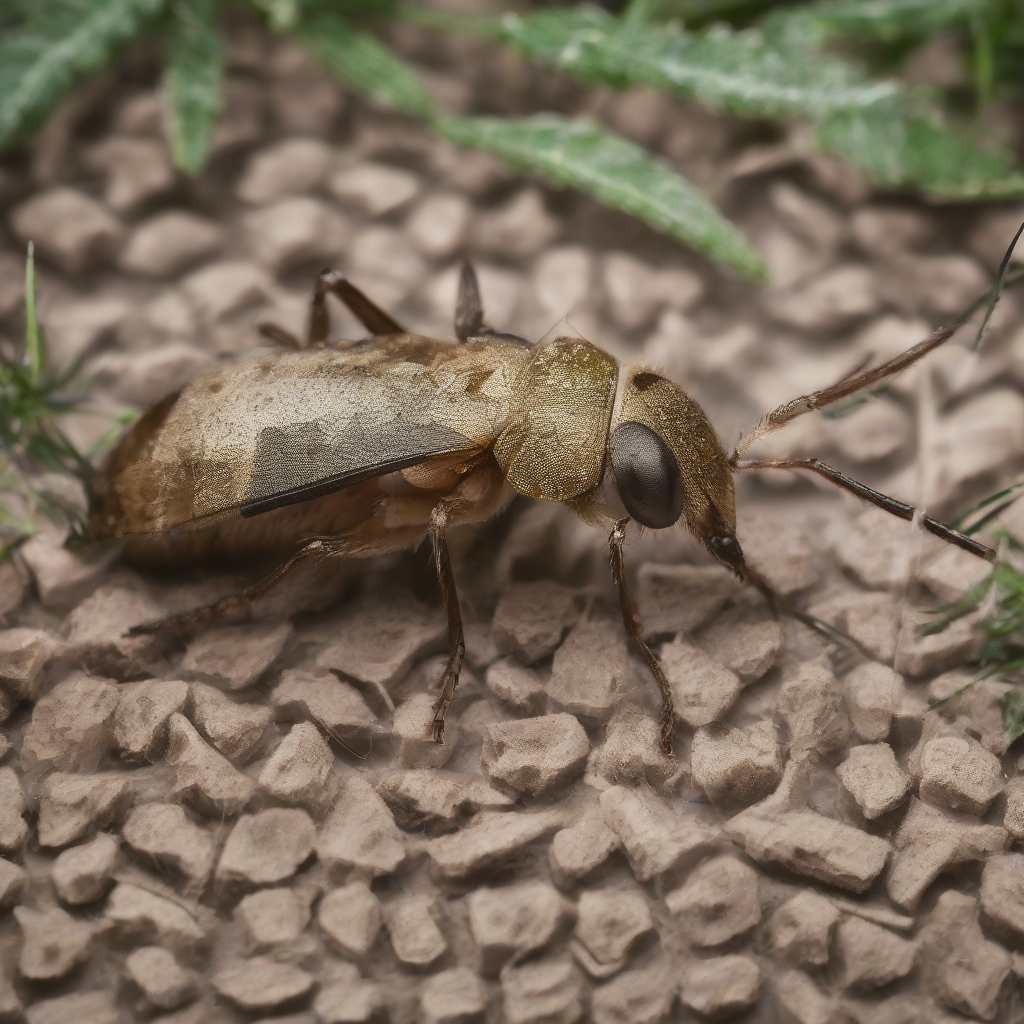Good Earth Pest Control: A Comprehensive Guide to Sustainable Pest Management
Good Earth Pest Control represents a philosophy shift in how we approach pest management. It prioritizes ecological balance and the long-term health of the environment over short-term, chemical-heavy solutions. This approach acknowledges that pests are a natural part of any ecosystem and focuses on creating an environment where pests are less likely to thrive, rather than eradicating them completely. This guide delves into the principles and practices of Good Earth Pest Control, exploring its various facets and benefits.
Understanding the Principles of Good Earth Pest Control
At its core, Good Earth Pest Control is built upon several key principles:
- Prevention is Key: Proactive measures are crucial. This involves creating an environment that is less hospitable to pests in the first place. This might include improving sanitation, sealing cracks and crevices, and removing attractants.
- Integrated Pest Management (IPM): IPM is a cornerstone of Good Earth Pest Control. It combines various strategies – monitoring, cultural controls, biological controls, and chemical controls (only as a last resort) – to manage pest populations effectively and sustainably.
- Ecological Balance: Good Earth Pest Control recognizes the interconnectedness of all living things. The goal is to maintain a healthy ecosystem where natural predators and beneficial insects help keep pest populations in check.
- Minimizing Environmental Impact: The use of harmful chemicals is minimized or avoided completely. The focus is on environmentally friendly solutions that don’t harm beneficial organisms or pollute the environment.
- Long-Term Solutions: Good Earth Pest Control aims for long-term sustainability. It’s about building resilience into the ecosystem, rather than providing temporary fixes.
Practical Applications of Good Earth Pest Control
The principles of Good Earth Pest Control translate into various practical applications:
1. Cultural Controls:
- Sanitation: Regular cleaning and removal of debris eliminates breeding grounds and food sources for pests.
- Proper Watering and Fertilization: Avoid overwatering or over-fertilizing, as this can create favorable conditions for pests.
- Crop Rotation: Rotating crops can disrupt pest life cycles and reduce infestations.
- Resistant Varieties: Planting pest-resistant plant varieties can significantly reduce pest damage.
- Physical Barriers: Using screens, netting, or other physical barriers to prevent pests from accessing plants or structures.
2. Biological Controls:
- Beneficial Insects: Introducing beneficial insects, such as ladybugs or lacewings, that prey on pests.
- Natural Predators: Encouraging the presence of natural predators like birds, frogs, and spiders.
- Nematodes: Using nematodes, microscopic worms that parasitize and kill certain pests.
- Bacillus thuringiensis (Bt): A naturally occurring bacterium that is toxic to certain insect larvae.
3. Chemical Controls (Used as a Last Resort):
- Least Toxic Options: If chemical control is necessary, choose the least toxic option available and follow label instructions carefully.
- Targeted Application: Apply chemicals only to affected areas to minimize environmental impact.
- Integrated Approach: Combine chemical controls with other methods for a more effective and sustainable approach.
- Professional Assistance: Consult with a qualified pest control professional for advice on appropriate chemical controls.
Monitoring and Evaluation in Good Earth Pest Control
Regular monitoring is essential to assess the effectiveness of pest control strategies. This involves:
- Regular Inspections: Regularly inspect plants and structures for signs of pest activity.
- Trapping: Use traps to monitor pest populations and identify species present.
- Data Recording: Keep detailed records of pest activity, control measures implemented, and their effectiveness.
- Adaptive Management: Adjust strategies based on monitoring results. This ensures that the approach remains effective and sustainable.
Benefits of Good Earth Pest Control
Adopting Good Earth Pest Control offers numerous benefits:
- Environmental Protection: Reduces the use of harmful chemicals, protecting beneficial organisms and the environment.
- Human Health: Minimizes exposure to harmful pesticides, protecting human health.
- Cost Savings: Long-term solutions can be more cost-effective than repeated chemical applications.
- Increased Biodiversity: Promotes a healthier, more diverse ecosystem.
- Sustainable Practices: Supports environmentally responsible and sustainable land management practices.
- Improved Food Quality: Reduces the risk of pesticide residues in food.
Challenges and Considerations
While Good Earth Pest Control offers many advantages, there are also some challenges to consider:
- Time and Effort: Implementing Good Earth Pest Control requires more time and effort than simply spraying chemicals.
- Initial Investment: Some methods, such as introducing beneficial insects, may require an initial investment.
- Learning Curve: Understanding the principles and practices of Good Earth Pest Control may require some learning and adaptation.
- Potential for Infestations: In some cases, pest infestations may be more difficult to control using Good Earth Pest Control methods compared to chemical treatments. A robust monitoring program is vital to catch issues early.
- Patience and Persistence: It may take time to see results. Patience and persistence are crucial for success.
Conclusion (Omitted as per instructions)
